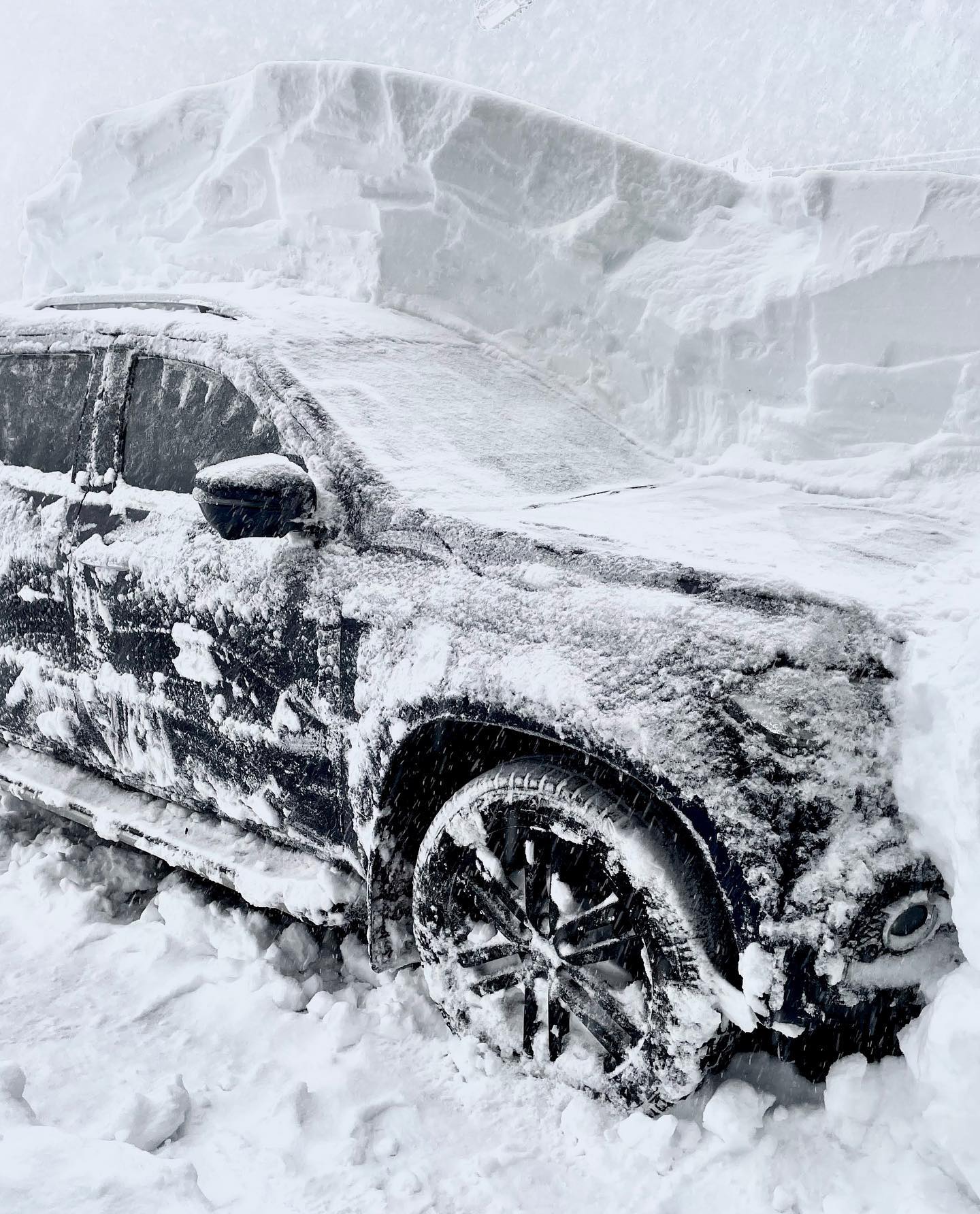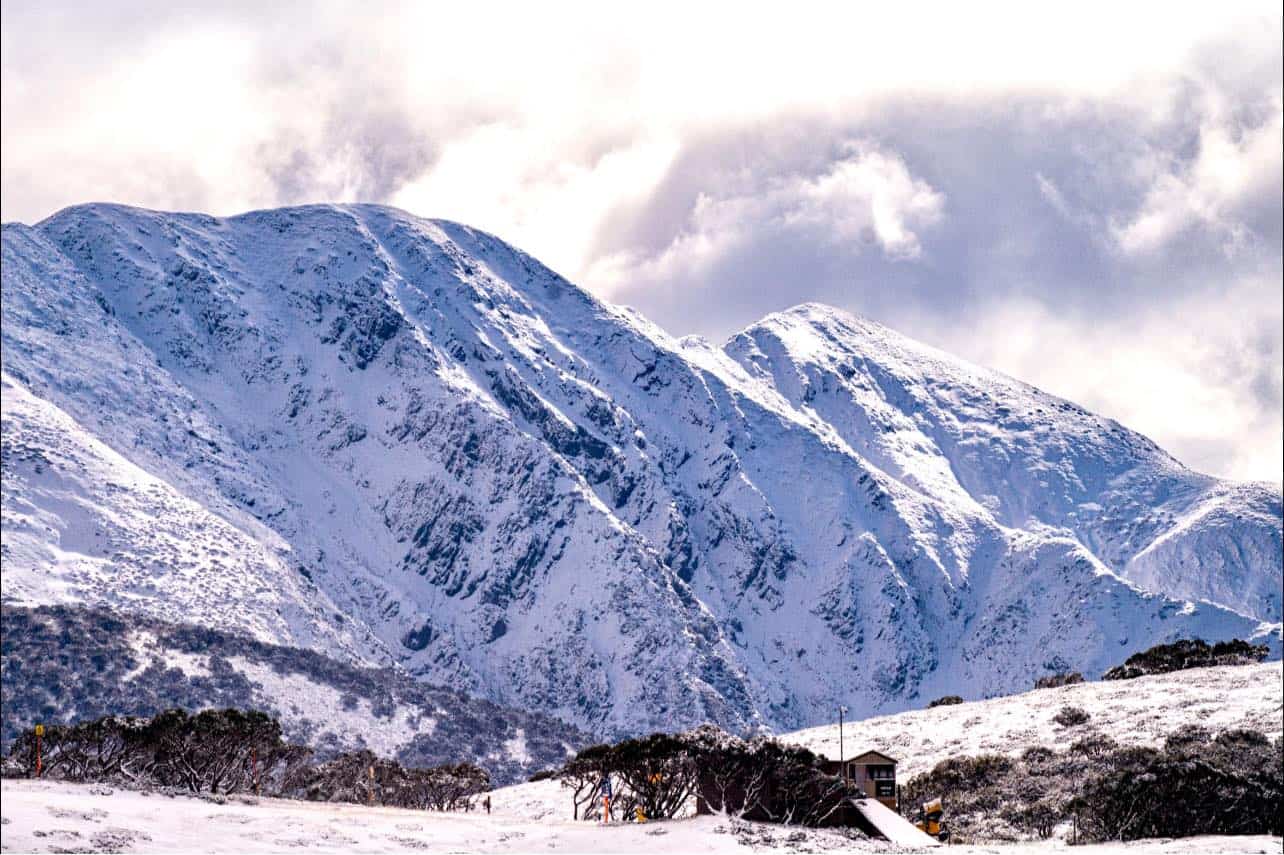Discover About the Regions That Occasionally See Snow In Australia During the Winter Season
Discover About the Regions That Occasionally See Snow In Australia During the Winter Season
Blog Article
Discover the Remarkable Results of Snow in Australia on Regional Environments
Despite its reputation for sun-soaked landscapes, Australia also boasts areas buried by snow-- a phenomenon that profoundly affects the country's special ecosystems. The insulating buildings of snows safeguard plants and animals among the coldest winter seasons, while the melting snow nurtures rivers and aquatic life.
The Unexpected Areas of Snowfall in Australia
The high country areas of New South Wales, Victoria, and Tasmania are particularly understood for their winter season snow. The Snowy Hills in NSW, for instance, get abundant seasonal snow, supplying a stark contrast to the nation's common hot, arid environment. The presence of snow in these regions significantly influences regional ecological communities, ultimately impacting the country's one-of-a-kind biodiversity.

How Snow Impacts Australia's Unique Flora
While it may seem unusual, snowfall in Australia plays a vital role fit the country's one-of-a-kind flora. The snow-filled wintertimes foster strength in Australian plant varieties. This is particularly apparent in the alpine and sub-alpine areas, where snow periodontals and hill plum-pines thrive. These plants have actually advanced to survive in extreme conditions, with snow functioning as a protective blanket from extreme winds and freezing temperature levels. The snow likewise adds to the wetness web content of the soil, giving needed hydration for plant throughout the dry summer season. In essence, the snow affects the timing of blooming and seed dispersal, the development rates, and the survival of many plant types, showcasing the elaborate interaction between climate and vegetation in Australia.

The Adaptations of Australian Fauna to Snowfall
Equally as Australia's plants has adjusted to the wintery conditions, the neighborhood fauna too, exhibit impressive adaptations to the snowfall. Variety like the Mountain Pygmy-possum, the only Australian marsupial understood to hibernate, have evolved methods to survive in snowy atmospheres. It utilizes the snow as insulation, hibernating in rock gaps below the snow to remain warm. In a similar way, the Snow Skink, a types of lizard, transforms its colour to white during winter months, providing camouflage versus killers. go to this site Birds such as the Snowy Hills' Crimson Rosella also adjust their diet regimens to consume available food resources during cooler durations. Hence, in spite of the extreme conditions, Australian animals demonstrates a resistant and flexible nature, ensuring their survival in areas experiencing snowfall.
The Function of Snow in Forming Local Environments
In forming the local ecological communities, the function of snow in Australia is both profound and multilayered. Snow supplies a critical water resource, feeding rivers and storage tanks as it melts, thus supporting a variety of aquatic life types. The presence of snow forms the vegetation patterns, pet behavior, and overall sustainability of Australia's one-of-a-kind ecosystems.

The Future of Snowfall in Australia: Forecasts and Ramifications

Provided the important role snow plays in shaping regional communities, the future of snowfall in Australia is attracting increasing attention from environmentalists and scientists. Current environment versions anticipate a significant decrease in snowfall due to worldwide warming, with possibly extensive influence on regional communities. Less snow can result in reduced water accessibility in towering regions, detrimentally affecting wildlife habitats and plant life. Moreover, it can change the timing of seasonal adjustments, interfering with the life process of lots of native types. The tourism sector, heavily reliant on the wintertime snow period, may also encounter significant challenges. Consequently, comprehending these predictions and their effects is crucial to create effective conservation strategies, guaranteeing the conservation of Australia's unique biodiversity and the sustainability of its economy.
Final Thought
The function of snow in Australia's ecological communities is crucial yet often forgotten. Therefore, the snow in Australia is more than a image source natural phenomenon; it's an important player in the nation's ecological narrative.
Despite its credibility for sun-soaked landscapes, Australia likewise flaunts areas buried by snow-- a sensation that greatly affects the country's unique communities. It uses the snow as insulation, hibernating in rock gaps under the snow to remain cozy - Snow In Australia.In shaping the neighborhood communities, the role of snow in Australia is both multilayered and extensive. The presence of snow forms the plant life patterns, pet habits, and overall sustainability of Australia's unique communities
Provided the vital function snow plays in shaping regional communities, the future of these details snowfall in Australia is drawing raising focus from environmentalists and researchers.
Report this page